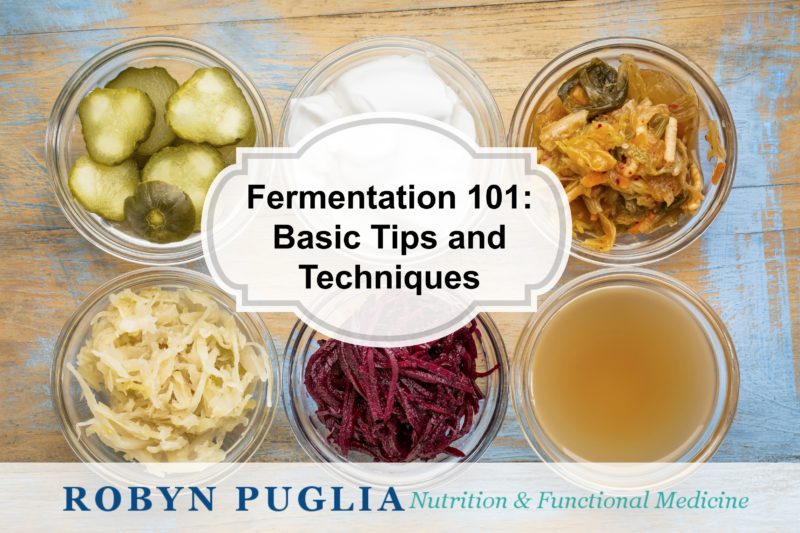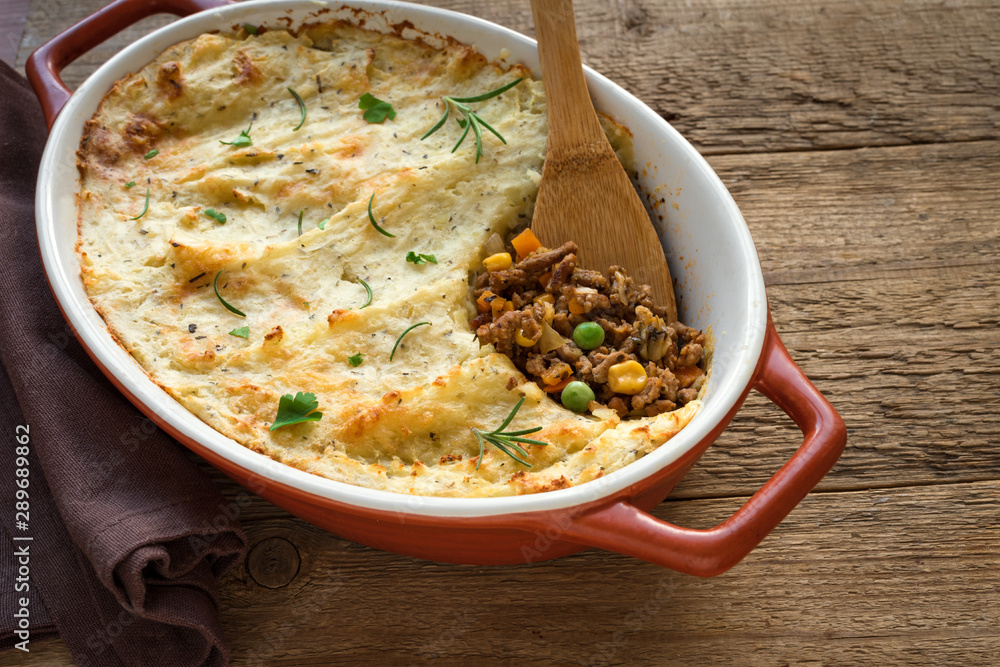What are Fermented Foods anyway?
Fermentation is the transformation of vegetables and salt (or cultures) into delicious fermented foods, due to the work of the lactic acid, that is produced when Lactobacillus bacteria, already present in the vegetables digests sugars in the vegetable.
Fermented foods have recently gained considerable popularity, due to their remarkable live probiotic bacteria content, and many associated health and digestive benefits. They are not new foods though, they are actually ancient foods, passed down through the generations of many cultures. They fell out of favour in the western world in the 20th century, and as a consequence are now viewed as slightly exotic by some. However, they are really just good, old fashioned food, like great-great-great-Granny used to make, and they have the added benefit of being a wonderful food-as-medicine.
Tips and Techniques
The Container:
- 1 or 2 Liter sized wide-mouth glass jars (Kilner, Mason, Ball are perfect) and lid
- Special Fermentation Crocks are available in a variety of sizes and materials from glass to stoneware
Lids:
- Standard wide-mouth jar lid and ring
- Hinged lids with rubber gaskets, also called Heremes Clamp lid
- Airlock lids
Airlock lids are optional. Carbon dioxide escapes through the top of the airlock but nothing is allowed in.
Wide Mouth Funnel:
Used to pack sauerkraut, salsa and other chopped veg into jars.
Tamper: (optional)
There are a variety of tamper tools for pressing/kneading vegetables before filling containers and after the cabbage is in the container to press out the air. This can be done with hands or a variety of home kitchen tools like a potato masher.
Brine Cup
Vegetables need to stay submerged in the brine. There are heavy plates inside large crocks for this purpose, however if making a litre jar of sauerkraut typically rolling outer cabbage leaves and placing on top of submerged vegetables works fine. As an extra safety, place a small glass cup on top of rolled cabbage leaves. You can purchase brine cups for this purpose or use something from your kitchen, eg a shot glass, sake cup or clean baby-food jar.
pH Test Strips: (optional)
pH (potential for hydrogen) is a measure of acidity and alkalinity of a solution. 7 is the neutral point; below 7 are more acidic and above 7 are more alkaline. Sauerkraut has a pH of 4.6 or lower and so is considered a high acid food. This acidic environment controls the growth of bacteria and is resistant to spoilage. If desired, test the sauerkraut using pH strips that may be purchased online or in drugstores.
Sauerkraut Basics
Sauerkraut has three rules:
- Air is the enemy. Remove as much air as possible and keep vegetables submerged under brine.
- Salt is essential. Salt promotes the fermenting process by extracting water from the vegetable and inhibiting the growth of undesirable bacteria, and enhancing the growth of the desired probiotic, Lactobacilli. Standard table salt and kosher salt may be bleached and contain anti-caking ingredients that interfere with the fermentation process. Suggest using high quality sea salt, Celtic sea salt or Himalayan salt.
- Keep it cool and out of direct sunlight. A good temperature range is 55-75°F/12-24°C Don’t put your jar on top of the refrigerator where it will be too warm. If there is a basement or cooler place in the house, this is a perfect location. Warmer temperatures will cause faster fermentation and increase risk of mold.
These rules actually apply pretty well to most fermented foods, particularly the first two.
After many years of making homemade fermented foods, no one has ever become ill due to eating the savory yumminess. Still, common sense must prevail. If in doubt – don’t.
- If there is mold on the cabbage or fermented food, don’t eat it.
- If there is slime on the cabbage or fermented food,, don’t eat it.
- If there is a strong yeasty odor (not typical fermented smell), don’t eat it.
- If your GREEN cabbage (not red cabbage or other red vegetables) is pink, don’t eat it.
Occasionally there may be a white film on top of the watery brine, this is safe. Fermented foods do have a fairly strong odor that does not smell spoiled or rotten. Use good judgment. pH test strips are a good way to confirm safety of sauerkraut.
Stay tuned this Friday to see Robyn’s favourite fermentation gadgets and resources.






